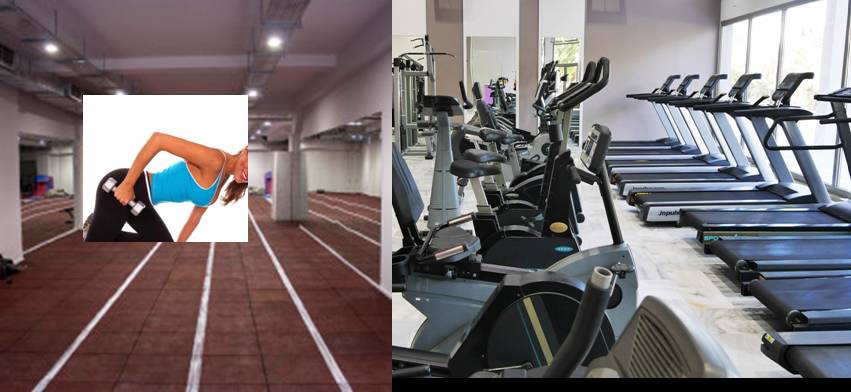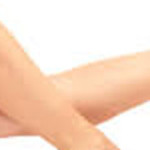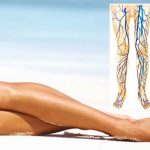Skin and Sports
Skin and Sports
Sport is very conducive to health and also for the skin. This leads to improved blood flow to the tissue, the skin looks brighter, the cells are better supplied with oxygen and the aging process of the skin is slowed down. In addition, with sports you can build up your muscles and thereby improve the cellulite.
Under heat conditions sweat may be secreted through the skin, about 2 to a maximum of 3 liters per hour, which is the most efficient way of cooling. Our body has about 2-3 million sweat glands, that is an average about 100 to 200 per cm2. By the sweat of the body the skin loses fluid, so that the skin becomes drier.
Under mechanical stress during exercise, the skin adapts. At the stress points a thicker stratum corneum forms. In some places calluses can occur.
Furthermore, under mechanical stress cracks on the feet can form, representing possible portals of entry for skin germs (bacteria, fungi), which can lead to inflammation. The excretory ducts of sweat and sebaceous glands can become clogged, for example, by dust and lead to inflammation. Often you can see the so-called “heat rash”.
Also on repeated sun exposure the skin-thickness increases as well as an increased production of skin melanin is seen, which is responsible for skin tanning.
While swimming in the pool, the chlorine can irritate the skin. In pools where ozone is used instead of chlorine for cleaning, it is often better tolerated. Furthermore, the water has a neutral pH, while our skin is slightly acidic at 5.5. Because of diffusion, the water dries out the skin.
In atopic dermatitis (eczema), by increasing the perspiration, a flare-up of the skin condition can occur, the itch and inflammation can increase. In addition to sweating, minerals are deposited from the body to the skin. The minerals can irritate the sensitive skin, so that one can be hypersensitive to his own sweat.
For acne and psoriasis, there are no contraindications for physical activity.
In acute infections, we recommend the resumption of sporting activity after healing of the infection because of the risk that the skin germs can through the bloodstream flow to other organs.
( For the texts and pictures books, publications, guidelines for example in awmf.org and contributions of colleagues were consulted.)
Prevention in Sports
A Let the feet dry out in the air and apply regularly antimicrobial creams, powder, or paste. After a relaxing footbath, the softened cornea should be planed off and the feet can be massaged.
B To keep the gland ducts free from sweat and dust, regular showeres with disinfectant, alkali-free, moisturizing agents are recommended.
C. Until the healing of infections the physical activity should be the reduced.
D showers and care
For the skin not too long showering is important. For athletes before sports, gels, water-based, containing little fat, are the most suitable. The problem with fatty creams is that they can lie like a film over the skin. If you do sports and begin to sweat, it can feel uncomfortable and cause skin irritations. Especially people with dry skin or eczema suffer. After sports alkali-free, moisturizing, pH-neutral cremes should be used. Then, it is best to use a product that binds moisture to protect the skin from drying out. Such products contain urea or glycerol. After sports creams or ointments can be applied as often and as much needed.
For sensitive skin, it can help to take care of the the skin already about an hour before swimming with a moisturizing gel, and certainly again after exercise to prevent further drying. If that’s not enough, it may be better to look for a bath-pool, where the tanks are cleaned with ozone instead of chlorine.
E outdoor activities
It is important to protect the skin accordingly. All “sun terraces” forehead, ears, nose, lips, eyelids and chin should be protected with a high protection factor. In the summer but also in winter in the climax in mountaineering, skiing, the air in height, suitable sports clothing with UV radiation protection are important. The higher you climb, the more UV radiation can impinge on the skin. It is said that the radiation exposure per 1,000 meters of altitude increases by 20 percent.



